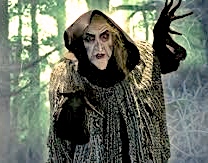NOTE: This book was NAMED a Best Book of the Year by NPR, Slate, and Bustle this year
“If you could cast a spell on the ludicrously handsome athlete and the lingerie model he loves, or on the wedded movie stars whose combined DNA is likely to produce children of another species entirely…would you? Does their aura of happiness and prosperity, their infinite promise irritate you even a little?…If so, there are incantations and ancient songs, there are words to be spoken at midnight….surprisingly easy to learn….”
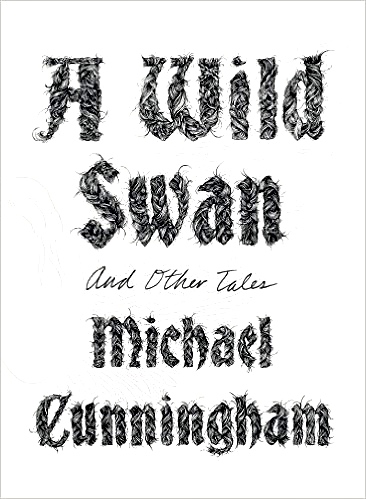
Michael Cunningham’s ten tales, distortions of fairy tales we have all heard as children, will make most readers smile in recognition and sometimes sardonic glee, while annoying some traditionalists who would like to preserve intact their memories of an idyllic childhood. All readers will probably agree, however, that Cunningham’s interpretations of these stories deserve the more serious thought that none of us were able to accord them when we were much younger. Including stories based on Hansel and Gretel, Jack and the Beanstalk, Snow White, Rumplestiltskin, Beauty and the Beast, Rapunzel, and several other less famous tales, Cunningham begins by examining the answer to the real, unasked question which haunts the traditional fairy tale conclusions. The convenient “And they lived happily ever after” no longer applies here, as Cunningham employs reason and some dark humor to develop the tales in more modern and more surprising ways. With these stories, we get the answers to “And then, what?”
In “Crazy Old Lady,” for example, Two familiar fairy tale characters do not appear until the conclusion of “their” tale. Here, the witch is the main character – a woman who has never found happiness in “love.” While others of her generation may have been content in the love of one man, this woman has found disappointment, even misery, though she has made four attempts at marriage. By the time she is in her forties, she is through with marriage, and when she is in her fifties and sixties, she is wearing dresses tight enough keep her upright on the bar stools she claims around town. She becomes “a minor goddess of carnal knowingness,” introducing young men to the joys of sex, and “seeding [the] town with suitable husbands” – until she has an accident involving a horse, which leaves her lame as she moves into her seventies.
Retiring to some property that she has bought in the forest, the old woman builds a house of candy, which she must repair regularly to keep it fresh and attractive for the young people she seeks, none of whom have ever come to visit. As she approaches eighty, her first visitors finally arrive, Hansel and Gretel. “They were sexy, the girl as well as the boy, with their starved and foxy faces – that hungrily alert quality you see sometimes in kids who have been knocked around a little. They were pierced and tattooed. And they were, even more gratifyingly, ravenous.” Referring to them as “young psychopaths” and “beaten children,” her guests turn the tables on the old fairy tale; the “evil witch” of the past, along with the reader, both become victims of Hansel and Gretel and learn something important about the vicissitudes of life.
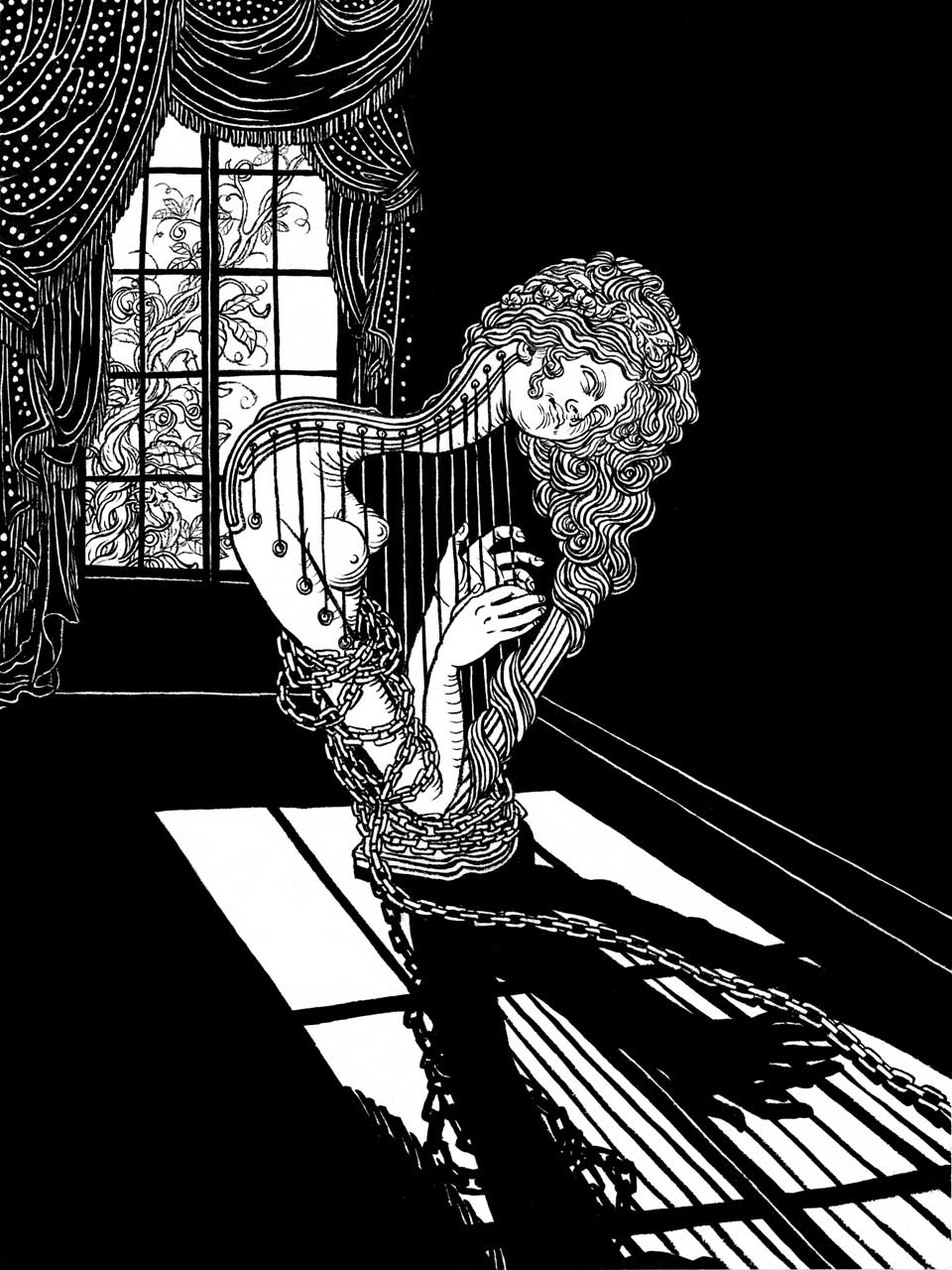
In “Jacked,” Harp becomes the most sympathetic of characters, giving a new dimension to the story based on “Jack and the Beanstalk.” Drawing by Yuko Shimizu, who illustrated the book. Double-click to enlarge.
In subsequent stories, which are as darkly humorous as the preceding one, other new “moral lessons” emerge. Jack, in the story “Jacked,” based on “Jack and the Beanstalk,” is depicted as a clever boy, outsmarting the giant who lives in the castle at the top of the beanstalk, and he becomes increasingly greedy, while also trying to help his mother, a poor widow. The mother is not naïve, however. With the gold her son steals from the giant, she invests in real estate, and as Jack continues his plundering in successive climbs up the beanstalk, he becomes a “smalltime crook dressed in two hundred dollar jeans. Snow White, in “Poisoned,” by contrast, has been married to the handsome prince long enough to have become totally bored. Rumplestilskin, in “Little Man,” helps a young maiden spin straw into gold to prevent her from being killed by the king, which raises the question of why she would later want to marry the king who was planning to kill her, and what, after all, are the motivations of these characters and what is the reader supposed to take away from this interpretation?
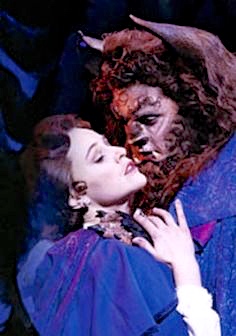
Beauty, in “Beasts,” is not the automatically loving and accepting young woman one has come to expect from the old tale. The surprise ending offers much for thought here.
One of Cunningham’s goals seems to have been, overall, to create new insights into the reality we all know, through some changes to the dreamscapes of the original happily-ever-after tales. Characters here are more fully developed than what the reader is accustomed to in the original fairy tales, and some sympathy emerges unexpectedly for some characters, such as the witch in the Hansel and Gretel story and the harp, who is a character in “Jack and the Beanstalk.” Beauty, in “Beasts,” works hard to accommodate the Beast in her thoughts but is not the automatically loving and accepting young woman one has come to expect from the old tale, “Beauty and the Beast.” Here, another tour de force ending turns the Cunningham version of this story on its head, and the reader comes away from it with a new, less naive interpretation of the message of the tale.
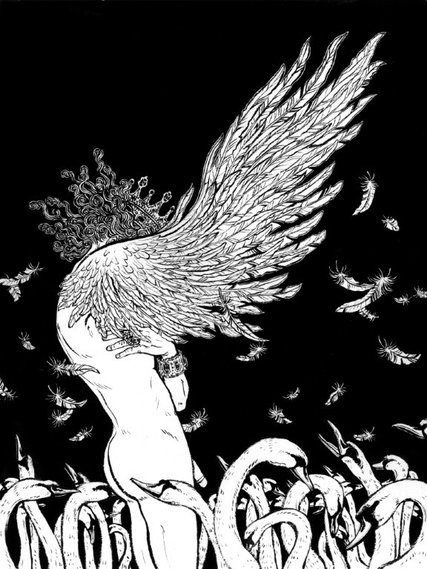
Drawn by Yuko Shimizu, who illustrated the novel, this picture from the story of “The Wild Swan” shows the youngest prince whose right arm was not covered by the nettle coat knit by his sister, leaving him with a wing instead of a second arm. Double-click to enlarge.
One of the most revealing stories is the introductory tale for which the book is named. In “A Wild Swan,” a king, the father of twelve sons, marries a woman who has no intentions of raising twelve “brawling, boastful boys; twelve fragile and rapacious egos.” Instead she turns all twelve into swans who live on a rock far out to sea, able to visit the kingdom only one day a year. When their sister, who has also been treated cruelly by her stepmother, learns that the cure for this swan transformation is to knit each victim a coat of nettles collected from a graveyard, she sets about making the coats, trying to avoid being caught and burned at the stake. Alas, the swans’ sister is finally caught, and when the pyre is lit, the brother-swans descend and their sister saves them by throwing their nettle coats on them. Unfortunately, she has not finished the last coat, and that brother, though saved, must now spend the rest of his life with a swan’s wing where one arm should be. Destined now to lead a life that is different from other young men in the kingdom, this brother has to decide how he will live with the difference. Will he be “the guy who understands that the joke’s on him, and is the first to laugh when the punch line lands”? Or will he succumb to his differences?
The joys and burdens of fate, the delights of dreams fulfilled and the horrors of dreams destroyed, the ability to survive life’s vagaries and the need to accept some things that cannot be changed are all themes here which make Cunningham’s depictions of life in these new tales feel more honest than the fairy tales they emerge from, and, certainly more fun for adult readers, many of whom have outgrown the black and white tales of the past. An entertaining look from a new perspective.
Photos, in order: The author’s photo is from http://www.interviewmagazine.com/
The Crazy Old Lady, like the witch in Hansel and Gretel, has a cottage made of candy. Photo from http://screenrant.com/
This illustration by Yuko Shimizu, who illustrated the book, shows Harp, who becomes the most sympathetic of characters, giving a new dimension to “Jacked,” the story based on “Jack and the Beanstalk.” http://yukoart.com/news/
Beauty, in “Beasts,” works hard to accommodate the Beast lovingly in her thoughts and is not the automatically loving and accepting young woman one has come to expect from the old tale. The tour de force of an ending offers much for thought. https://www.pinterest.com
Drawn by Yuko Shimizu, who illustrated this novel, this picture from the story of “The Wild Swan” shows the youngest prince whose right arm was not covered by the nettle coat knit by his sister, leaving him with a wing instead of a second arm. http://yukoart.com/news/a-wild-swan-is-officially-out-now

